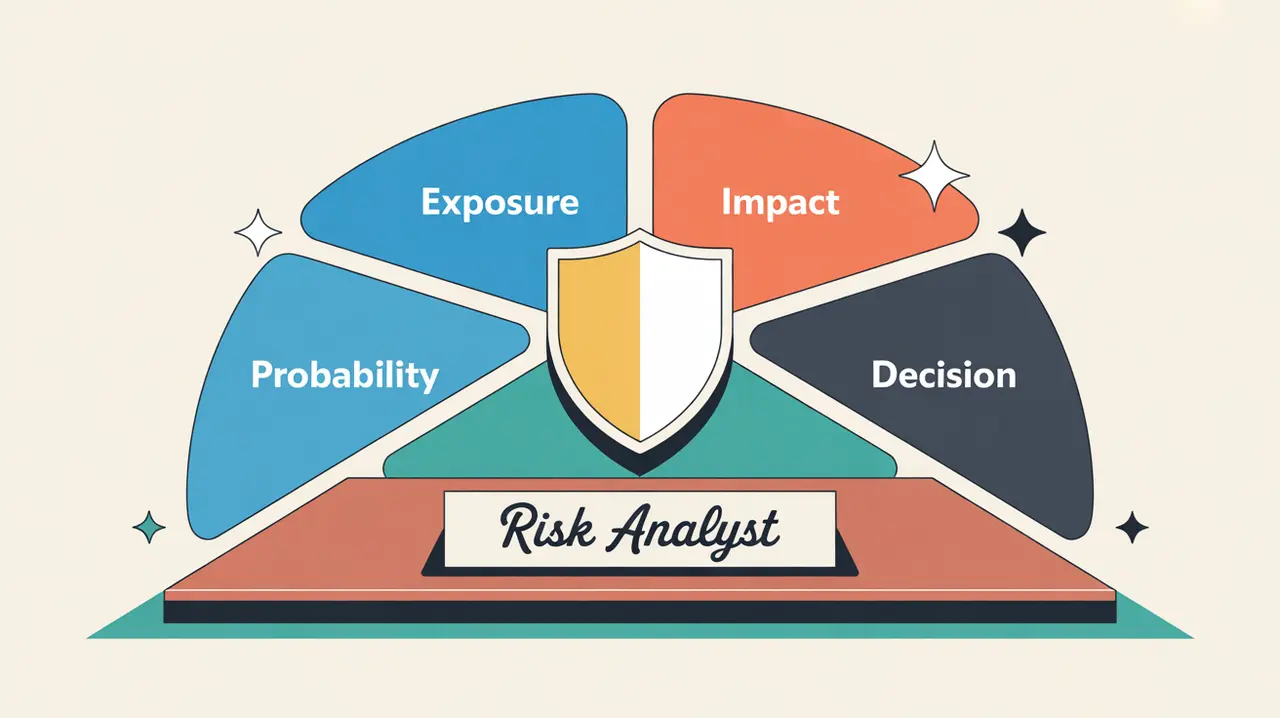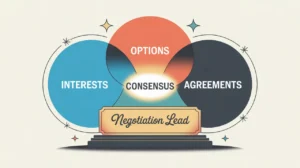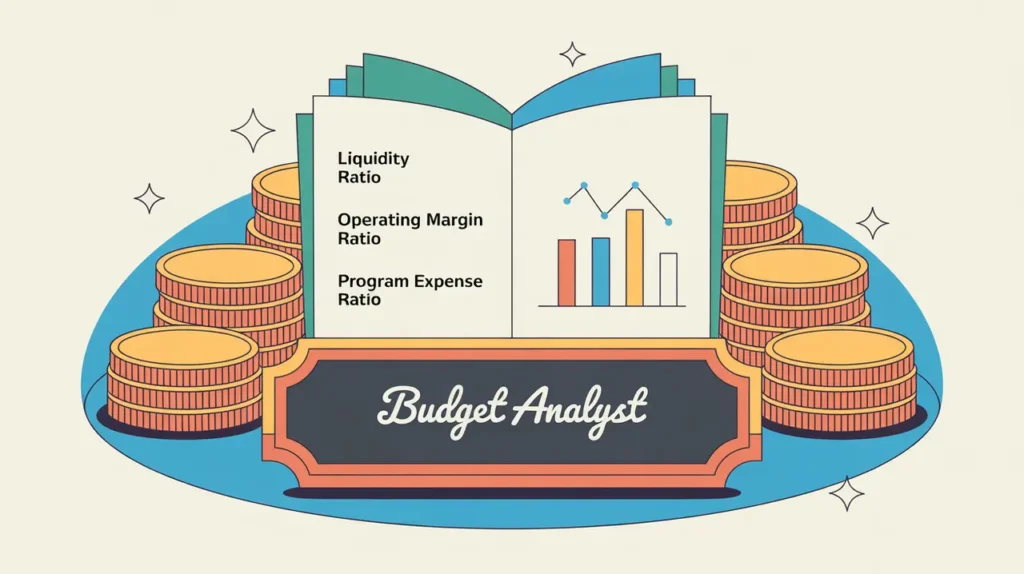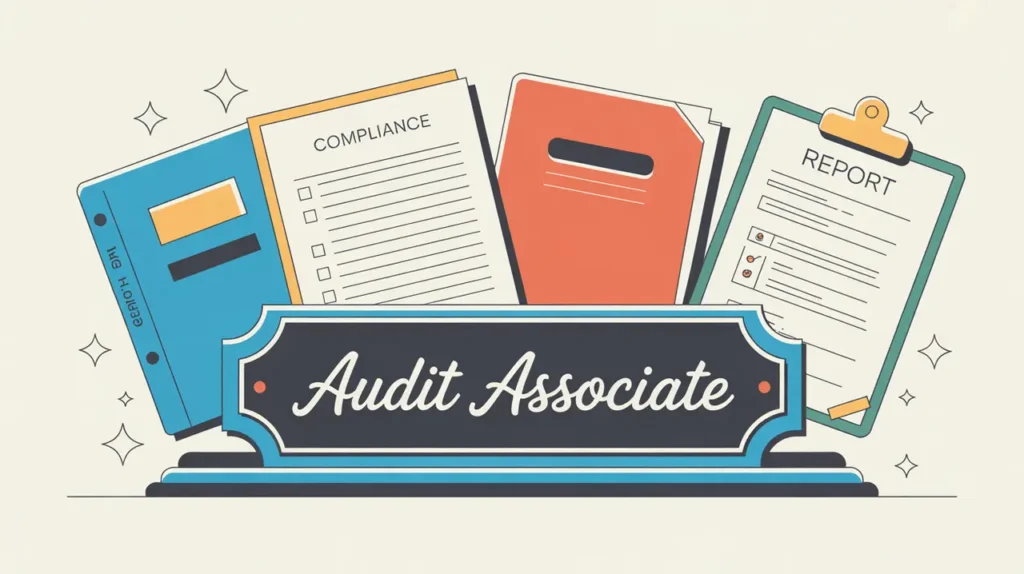What Does the Risk Analyst Role Involve?
A Risk Analyst is responsible for identifying, assessing, and monitoring potential risks that could affect an organization’s operations, programs, finances, reputation, or strategic objectives. They analyze data, develop risk assessments, and provide insights that inform decision making and risk mitigation strategies. Their work involves both quantitative and qualitative analysis to evaluate the likelihood and impact of various risks, helping organizations strengthen their resilience and readiness.
In nonprofits and social enterprises, Risk Analysts play a crucial role in ensuring that mission-driven work is conducted safely, effectively, and sustainably in often complex and unpredictable environments.
At What Level does this Role Operate?
Mid Level: Risk Analysts typically report to a Risk Manager, Compliance Lead, or Director of Operations. They operate with a moderate degree of autonomy, often focusing on specific risk domains such as financial, operational, programmatic, reputational, or geopolitical risks.
Relative Employability: Risk Analyst roles are increasingly in demand across nonprofits, international NGOs, foundations, and social enterprises, particularly in organizations that operate in multiple regions or manage complex portfolios. As regulatory, financial, and operational environments grow more dynamic, the need for dedicated risk analysis has expanded.
Relative Pay Scale: Risk Analysts generally occupy the mid pay band. Their compensation reflects their specialized analytical skills and strategic importance, sitting above assistant and clerk roles but below managerial positions.
What are the Key Responsibilities and Activities?
- Identify and assess risks across organizational operations, programs, and strategies using structured frameworks
- Analyze data to estimate the likelihood and potential impact of different risks
- Develop and maintain risk registers and risk assessment matrices
- Monitor internal and external factors that could influence the organization’s risk landscape
- Prepare reports and visualizations that communicate risk findings to leadership, boards, and relevant teams
- Contribute to the design and implementation of risk mitigation strategies and contingency plans
- Collaborate with program, finance, compliance, and operations teams to integrate risk management into organizational processes
- Support training and capacity-building initiatives to strengthen risk awareness and response capabilities
What Core Competencies and Qualifications are Needed?
Required Qualifications and Experience
The following reflect common qualifications and experience expected for this role, while recognizing that pathways may vary by context, organization, and region.
- Relevant academic background in risk management, finance, economics, public policy, international development, or related fields
- Several years of experience in risk assessment, compliance, data analysis, or strategic planning
- Familiarity with risk management frameworks and tools (e.g., ISO 31000, COSO)
- Strong quantitative and qualitative analytical skills
- Experience preparing reports and communicating risk information to diverse stakeholders
Key Competencies
- Analytical thinking and the ability to assess complex scenarios
- Strategic awareness of operational, financial, and programmatic contexts
- Clear and concise communication skills for conveying risk insights
- Attention to detail and accuracy in data analysis and reporting
- Problem-solving abilities to propose effective mitigation strategies
- Capacity to work collaboratively across teams and functions
How are AI and Automation Shaping this Role?
An AI-native Risk Analyst can use AI to detect patterns, anomalies, and emerging risks across datasets in real time. Predictive models can assess the likelihood of different scenarios and simulate potential impacts, improving foresight and response planning. Automation can maintain live risk dashboards and update risk registers automatically, enabling analysts to focus on interpretation, scenario planning, and strategic recommendations.
What Career Pathways and Transferable Skills are Associated with this Role?
Risk Analysts can progress to roles such as Risk Manager, Compliance Officer, Strategy Manager, or Director of Operations. Their skills in analytical reasoning, scenario planning, and risk communication are transferable to leadership roles in strategy, finance, and governance. Over time, they may lead organization-wide risk frameworks, manage complex risk portfolios, or shape strategic resilience planning at senior levels.







